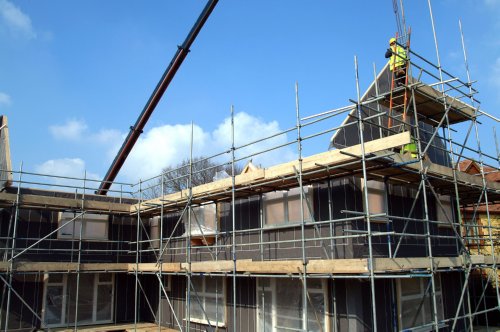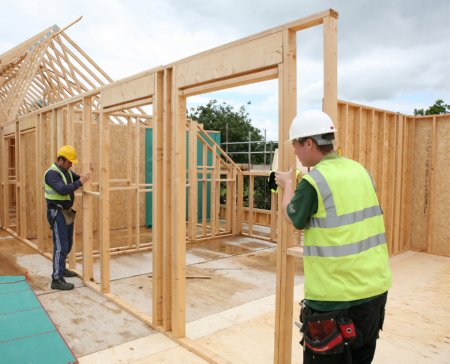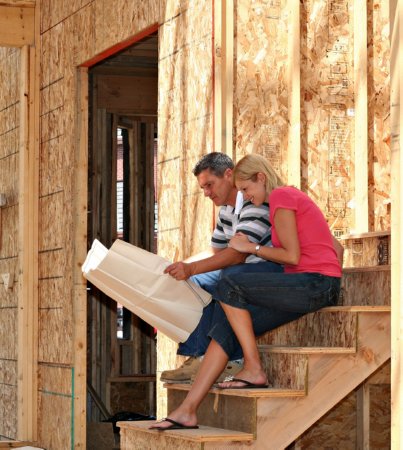 With its endless sustainability credentials it’s no wonder timber frame is immensely popular. With the obvious ‘green’ argument won, Joe Martoccia, director of the UK Timber Frame Association, explains why the emphasis of any self build should be on putting the fabric first.
With its endless sustainability credentials it’s no wonder timber frame is immensely popular. With the obvious ‘green’ argument won, Joe Martoccia, director of the UK Timber Frame Association, explains why the emphasis of any self build should be on putting the fabric first.
For many it’s a long-term dream and the chance to own their ‘forever home’; for others it’s a sound investment and a fast track way to climb the property ladder. Little wonder that more and more people are turning to self build with timber frame fast becoming the preferred construction method of choice, thanks to its many proven advantages.
However, self builders constructing their dream homes want somewhere to live for the rest of their lives. Once they have moved in, they certainly don’t want to be hit with high energy bills and ongoing maintenance costs – it’s got to be manageable, not just for now but also for the future. When it comes to timber it’s time to think about how it works in real world situations (its thermal performance, the financial benefits, and its installation time) if we are to truly understand why timber frame is not just the future of the self-build industry, but the here and now.
The Code for Sustainable Homes (CfSH), a compulsory environmental impact rating system for housing in England, which includes self-builds, is helping to shape this agenda thanks to the government’s target to see all new homes reach Code level 6 by 2016 – the zero carbon home.
For self builders, the decisions they make when selecting their build method will be pivotal in minimising on going energy consumption. Luckily the answer is timber frame and it’s something that can be proven with hard, cold, indisputable facts. A two year continuous assessment of timber frame homes built at the BRE Innovation Park has shown unequivocally that timber frames homes are ideally suited to the CfSH. It is no surprise that the first homes reaching Code level 6 were timber frame buildings. With its inherent thermal efficiency, timber frame is a perfect fit with the low carbon agenda. Not only is it much easier to achieve very high insulation levels, it also has fewer defects and increased air tightness, all with extremely low embodied energy.
To achieve code compliance, the priority is getting the fabric of a building right first and foremost, which is great news for timber frame. Forget about sourcing fancy renewable energy systems to bolt onto leaky, poorly built buildings with high-embodied carbon – the emphasis should be on putting the fabric first.
By using timber within the fabric of your building, you can not only reduce energy consumption, but also achieve a greater return on investment by increasing your home’s appeal to design and environmental conscious buyers in the future – that’s if you ever want to sell it, of course. Let’s also not forget the wider implications for the global community and the need to focus all our efforts on using sustainable building products for the benefit of the entire planet. It’s time to think fabric first.







“The Code for Sustainable Homes (CfSH), a compulsory environmental impact rating system for housing in England, which includes self-builds, is helping to shape this agenda thanks to the government’s target to see all new homes reach Code level 6 by 2016 – the zero carbon home.”
This is incorrect – CSH is a voluntary scheme. It is madatory for some funding requirements and some planning authorities mandate it.
Also CSH6* is no longer zero carbon – the definition for 2016 is now more like CSH5*